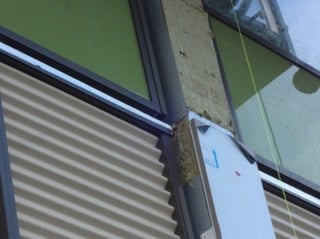 Building envelope thermal performance is greatly affected by thermal bridging, or localized areas of increased heat flow through walls and roofs. Mitigating the impact of thermal bridging is not only necessary to reduce energy consumption but is also an important consideration for minimizing the risk of condensation on cold surfaces and for maintaining occupant comfort.
Building envelope thermal performance is greatly affected by thermal bridging, or localized areas of increased heat flow through walls and roofs. Mitigating the impact of thermal bridging is not only necessary to reduce energy consumption but is also an important consideration for minimizing the risk of condensation on cold surfaces and for maintaining occupant comfort.
Thermally efficient building envelopes have long been recognized as a necessity for low energy buildings in heating dominated climates. Low energy buildings are not only a goal for buildings built to green rating systems, but are also a stated long-term developmental objective of energy standards that are applicable to all large buildings. Building envelope thermal performance is an increasingly essential consideration as industry is tasked with designing and constructing buildings that consume less energy. This article provides an overview of the resources that are now available to practitioners to help design building envelopes that can be aligned with specific project performance objectives and construction realities.

